The post 11 Tips for Stunning Candid Photography appeared first on Digital Photography School. It was authored by Darren Rowse.

Candid photography is a great way to capture intimate, honest photos – the type of images that tell real stories about their subjects.
But how can you capture beautiful candid photos? How can you create candid shots that you can be proud of?
In this article, I share 11 tips to take your candid photos to the next level. Note that these tips are not about taking sneaky, voyeuristic, or true paparazzi shots. Instead, they’ll help you add an authentic, candid feel to photos you take of loved ones, portrait subjects, images at events, and more.
Let’s get started.
1. Take your camera everywhere
The best way to take spontaneous photos? Always have a camera! That way, when the moment presents itself, you can quickly flick the On button, snag a few shots, and (if all goes well!) get a great result.
When I’m on a shoot, I’ll use my DSLR – but when I’m between shoots, I carry a point-and-shoot camera. If I see a good opportunity, I’ll whip it out and capture the scene. Of course, you don’t need to head out and buy an expensive second body – these days, smartphone cameras are very high quality and more than adequate for most candid photography.
Also, taking a camera everywhere helps people become more comfortable with you taking their photo. I find that my friends and family just expect me to have my camera out, so when I do fire it up, it’s not a signal to pose, it’s just a normal part of our interaction. And when I do take an image or two, the subjects are relaxed and the photos look natural.
2. Use a long focal length
To capture candid photography without being noticed, try shooting with a long lens – a 135mm prime, an 18-200mm zoom, or a 70-200mm zoom, for instance. As you’ve probably already guessed, the farther you are from your subject, the less likely they are to know that you’re taking pictures, and the more natural and relaxed they’ll act.
Depending on the environment, though, a long lens can be pretty noticeable, and it may actually make people feel uncomfortable (like they’re being spied on). So choose your lens widely, and if you are concerned about people’s reactions, consider picking your most compact zoom.
That way, you can get your candid shots from outside people’s personal space, you can go unnoticed, and you can maintain a feeling of intimacy in your compositions.
3. Kill the flash

Perhaps the most obvious way you can signal to another person that you’re photographing them? Using a flash (especially the flash on the top of your camera!). After all, there’s nothing like a blinding flash of light to get people’s attention and kill a moment.
So if possible, keep your flash off for candid shots. When you’re shooting in low light, instead of using flash, try boosting your ISO, opening up your aperture, or dropping your shutter speed.
You’ll get a brighter exposure, and you’ll avoid making your subject uncomfortable.
4. Take a lot of shots
Back in the film days, it was important to conserve your photos. But if you use a digital camera (and I’m guessing you do!), there’s no real need to hold back; instead, be aggressive with your shooting. Don’t be afraid to take many images of the same subject.
In fact, I’ve found that, when shooting a burst of images of a person, I can sometimes get some surprising and spontaneous shots that I’d never have captured otherwise.
So switch your camera to its continuous shooting mode (i.e., burst mode), and fire off several shots at once. You’ll significantly increase your chances of capturing an unexpectedly perfect candid image.
5. Position yourself strategically
While candid photography is all about capturing the spontaneity of a moment and getting a perfect shot during that split second of time, if you think ahead and anticipate what is about to unfold, you can increase your chances of success.
So at a wedding, get to the church early (or even go to the rehearsal) and think about what will happen during the ceremony. Where should you stand to capture each moment? Which way will people be facing? What will they be doing? What will the light be like?
If you ask these questions in advance, you won’t waste time running around and repositioning yourself when the action happens. And you’ll be in the perfect spot to capture candid moments when they do occur.
6. Photograph people doing things
Personally, I find that images of people doing things are much more interesting than images of people sitting around doing nothing. And they tend to feature more natural compositions, too.
For one, your subject will be focused on something that adds energy to a photo. It also adds context and an element of story (and these elements takes their focus off you!).
Timing is everything in candid photography, so wait until your subject is fully focused on their activity. This will inject a feeling of authenticity into your shots, where your subject is unaware and the viewer can look on unseen.
Note that your subject doesn’t need to be doing something especially involved or complex – they might be dancing, talking, playing a game, etc.

7. Photograph people with people
When you photograph more than one person at a time, something very interesting happens:
You introduce a relationship into the photo. Even if the two (or more) people aren’t really interacting, you’ll still get increased depth and a sense of story.
Of course, the ideal candid compositions will have some interaction between your subjects, as that will add emotion to the shot – but even without interaction, you can still capture some stunning images.

8. Shoot from the hip
Here’s a quick tip for shooting unnoticed, courtesy of street photographers:
Choose a relatively wide lens, such as a 35mm.
Set your camera’s shutter to its quietest setting.
Position the camera down low, either at chest height or at your hip.
And then, when your subject moves into position, fire off a burst of shots without raising the camera to your eye.
This technique can be very hit or miss, and you may want to think about zone focusing (where you prefocus your lens and use a narrow aperture for a deep depth of field). But when it works, it really works – your subject remains completely unaware of your presence, they don’t tense up or act unnatural, and you get your candid images.
9. Change your perspective
Photos taken from standing height can look fine, and sure, there are plenty of great shots taken with the camera held in that eye-level area. But if you want to mix things up and capture some truly striking photos, why not change your perspective?
For instance, get down low and shoot upward, or find a nice vantage point and shoot downward. You can climb stairs, walk over bridges, crouch on the ground – whatever you need to do to get the photo (while staying unnoticed).
Also, if you do like the low-angle shot but you feel uncomfortable crouching while doing candid photography (it is somewhat attention-grabbing, after all), try shooting from the hip (as discussed in the previous tip). While your shots may turn out crooked, it’s an interesting effect that some photographers like and can lend a sense of randomness and realness to a scene.

10. Frame images with foreground elements
If you want to create more three-dimensional, layered compositions, I highly recommend composing with your subject as the focal point – but then including an element in the foreground, such as a tree, a person’s shoulder, the frame of a doorway, etc.
Feel free to get creative. The point is to add a foreground element that can contribute context and depth to the shot, but you can have fun widening your aperture for out-of-focus foreground bokeh.
The ultimate goal is to create that sense of standing outside looking in. It’s a great complement to a candid moment, and when done well, can add a sense of mystery to the composition.
11. Take posed shots into candid territory
It may sound strange, but one of my favorite times to shoot candid images is when other photographers are taking formal ones.
Why? Well, during posed images, everyone is focused on the directing photographer, not you. So if, for instance, a wedding photographer is shooting a series of posed images, you can capture some wonderful candid moments simply by standing off to the side and taking a few images of your own.
I’d also recommend zooming in with a telephoto lens to capture more intimate scenes, and you might also try zooming right out to get shots of the subject plus the photographer.
By the way, if you’re the only photographer at an event or photoshoot, and you’re the one taking the posed shots, I’d recommend continuing to shoot after everyone thinks you’ve finished. It’s often these shots – captured moments after the posed images end – that look the best, because people relax, smile naturally, laugh, and look at each other.
Candid photography tips: final words
Hopefully, you now feel much more confident as a candid photographer, and you’re ready to start taking some beautiful candid shots of your own!
So grab your camera, remember these tips, and have fun shooting.
Now over to you:
Do you have any tips for candid photography? How do you capture those beautiful candid moments while photographing unnoticed? Share your thoughts in the comments below!
The post 11 Tips for Stunning Candid Photography appeared first on Digital Photography School. It was authored by Darren Rowse.










































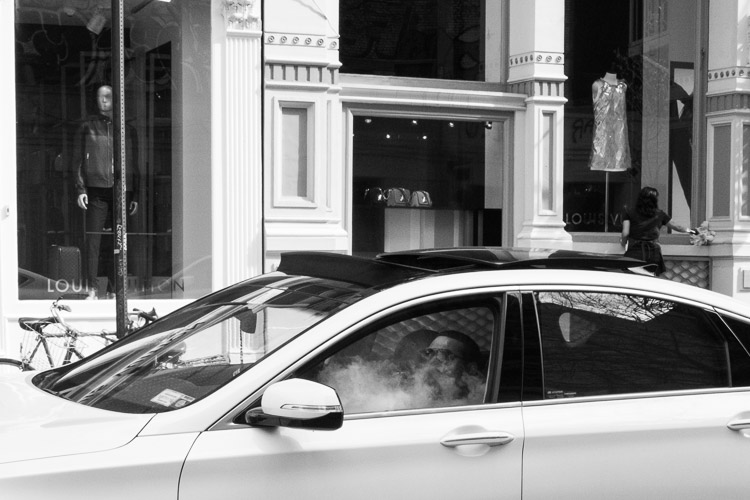
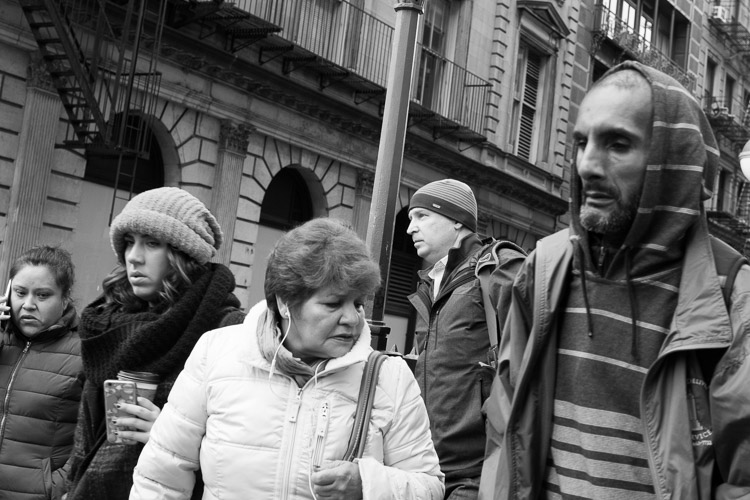
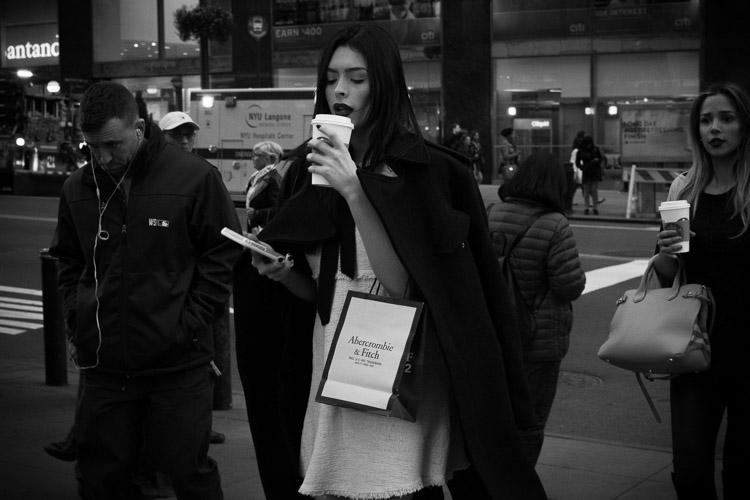

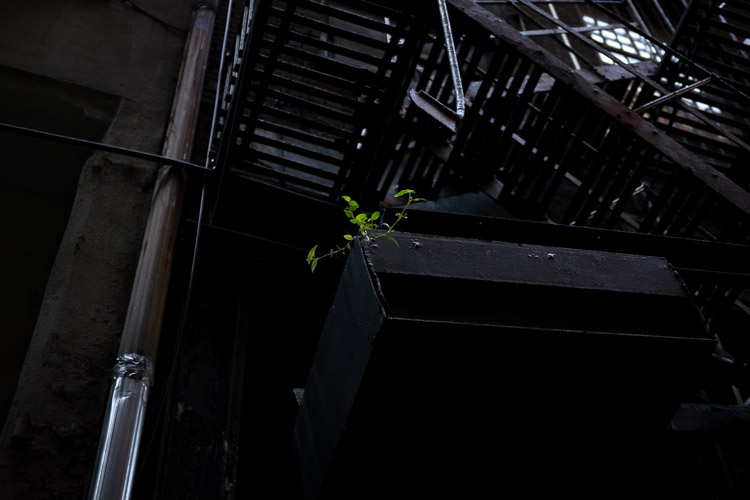
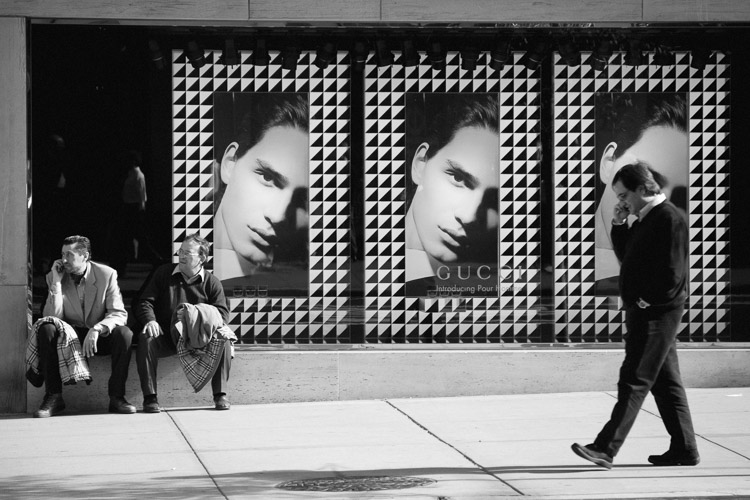
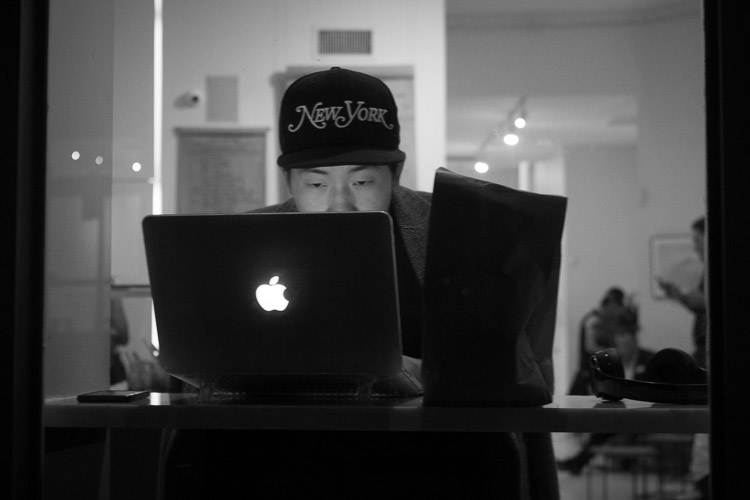
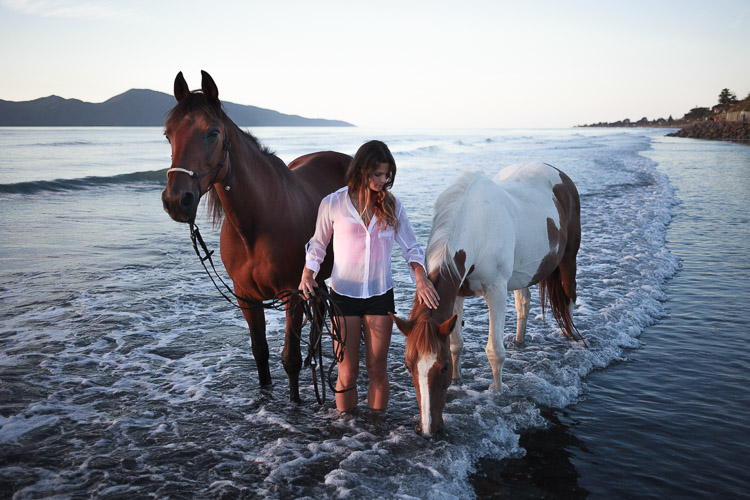
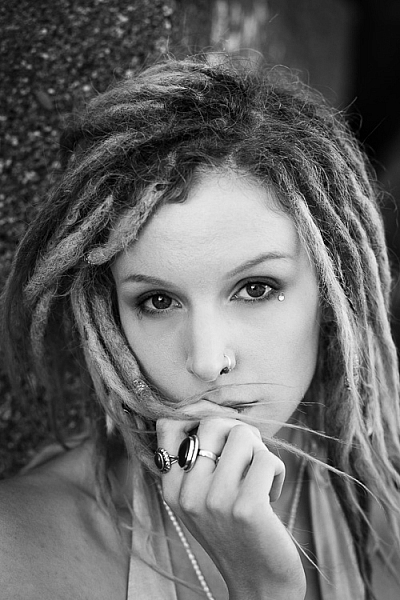
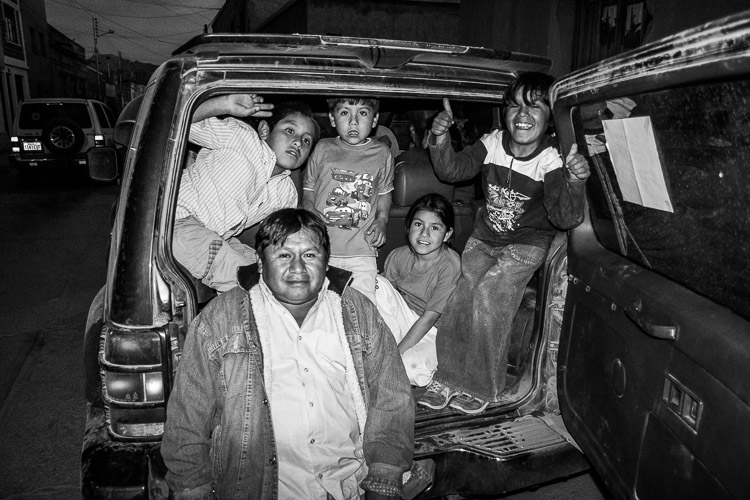
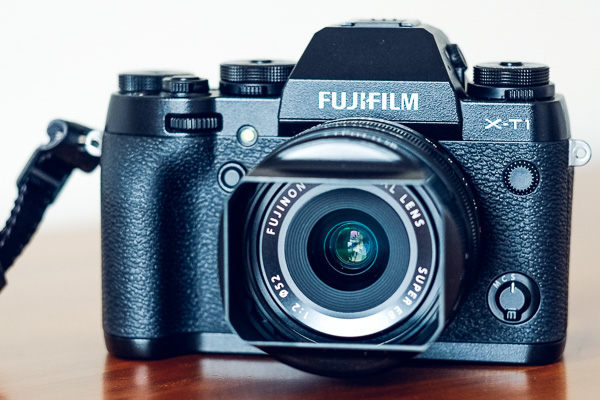
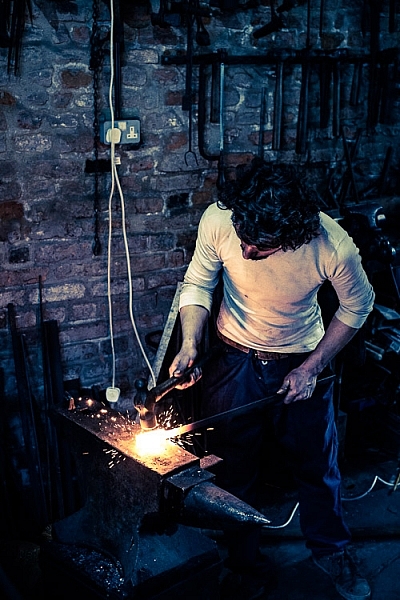
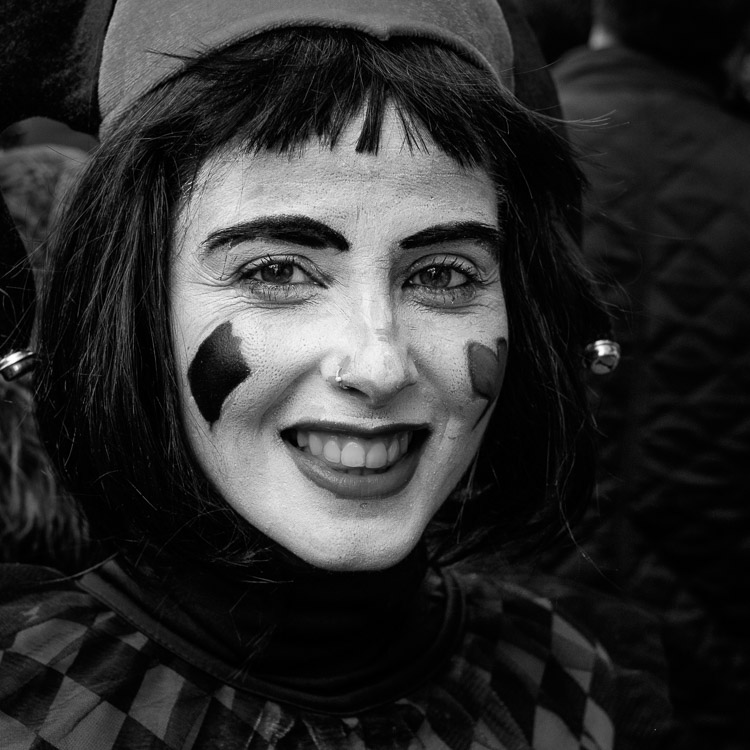

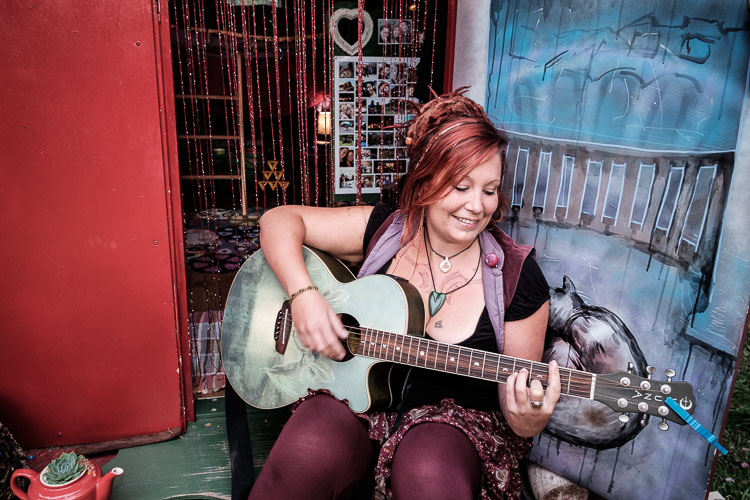
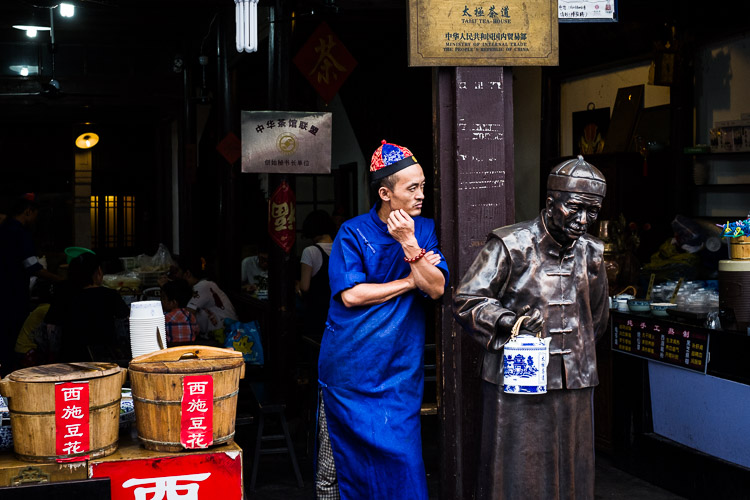
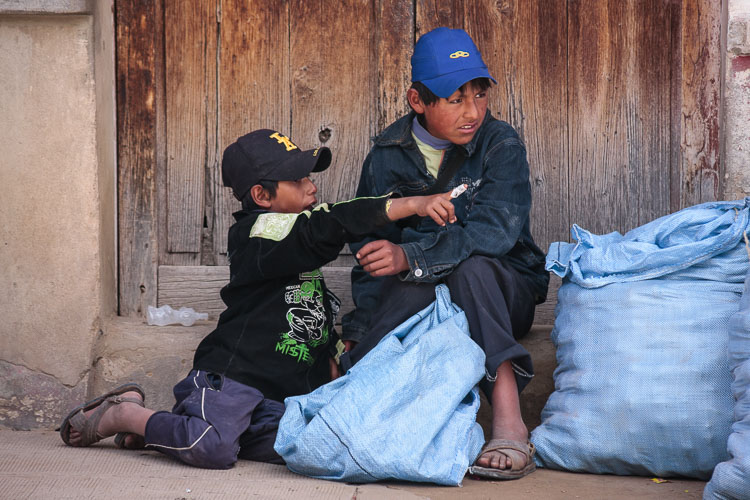

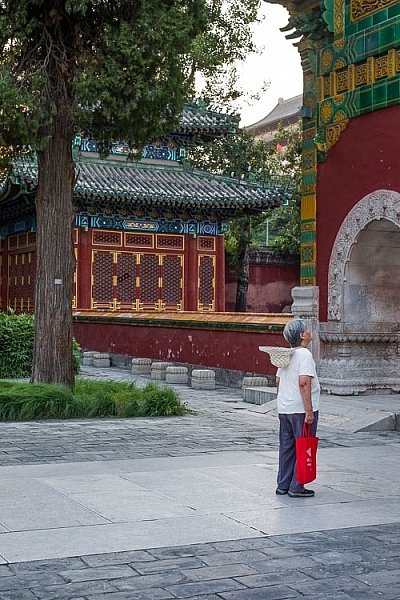
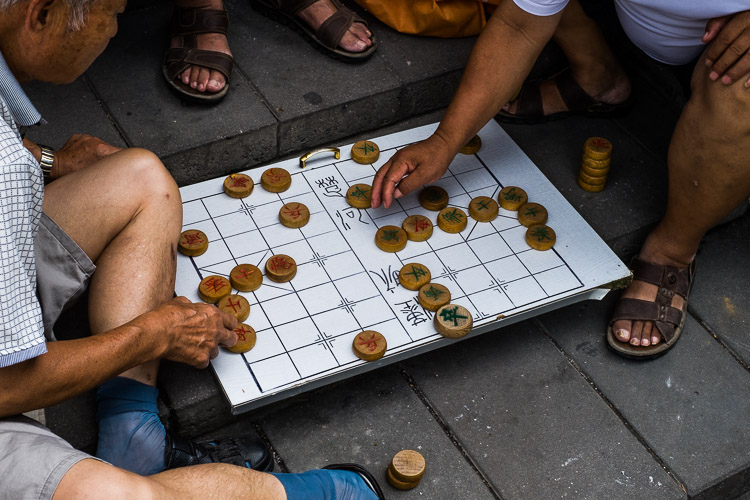
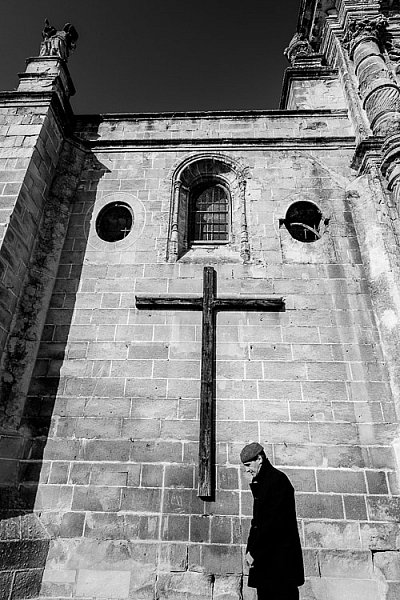
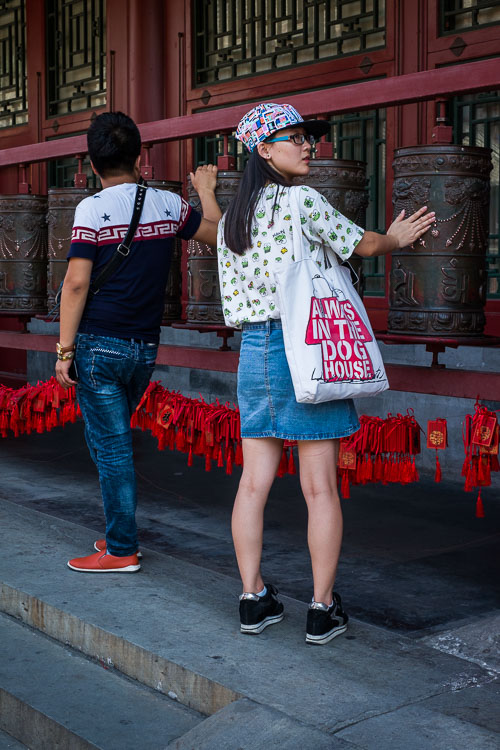
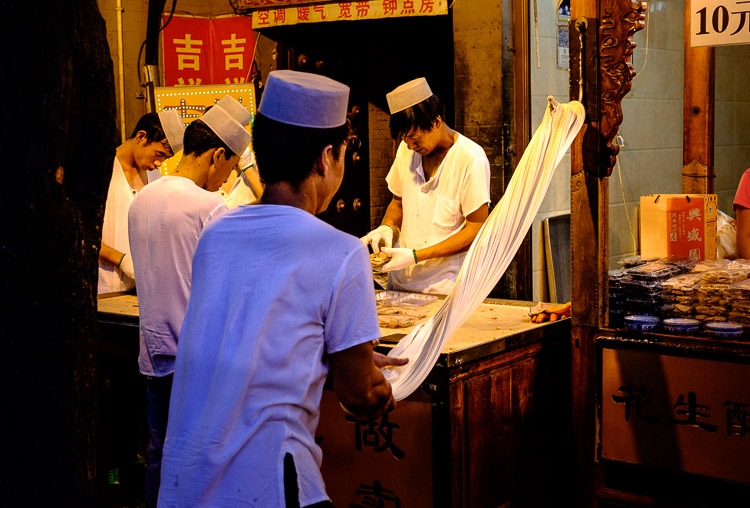


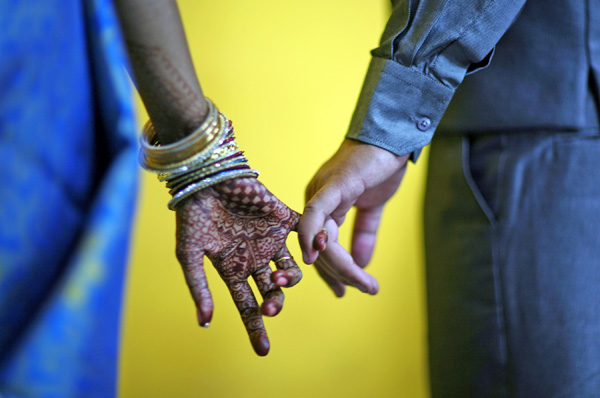


You must be logged in to post a comment.